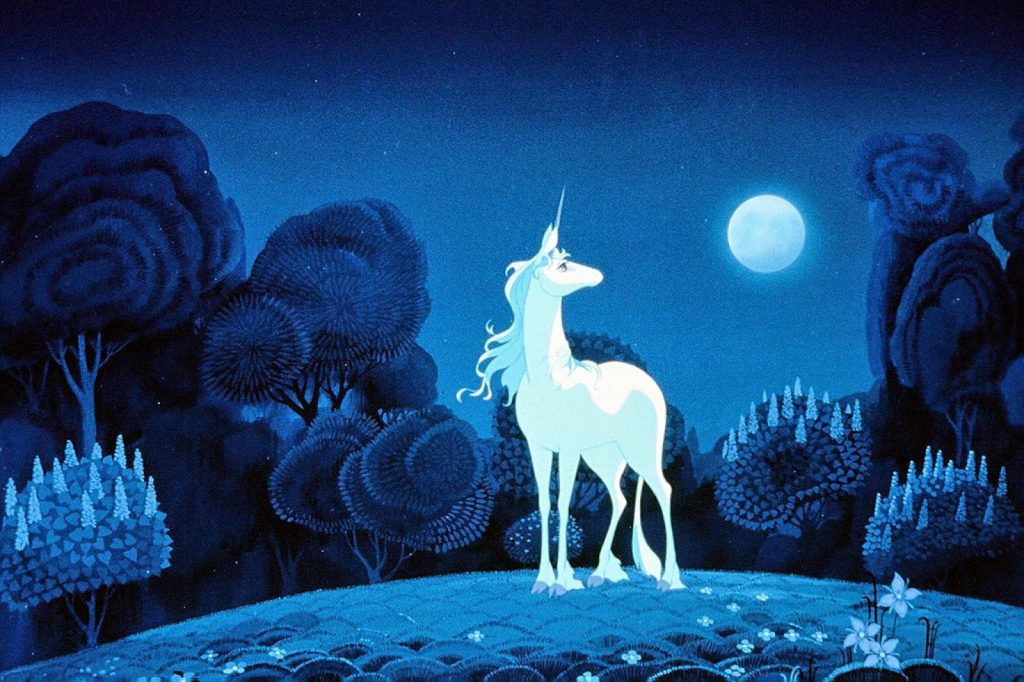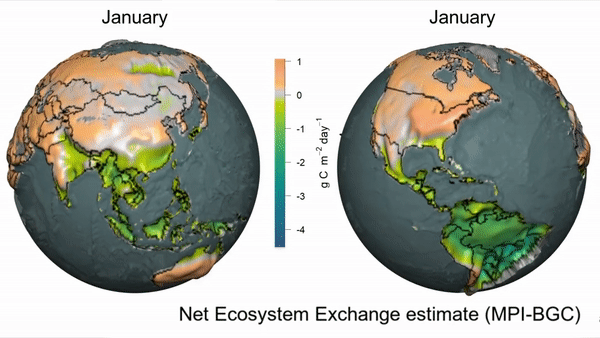
"Echos of past events nudge the tiller on my preset course I await it's reflection in the future" -Scorcher, Adventure Time (S3:E4)

Ideas realized

"Echos of past events nudge the tiller on my preset course I await it's reflection in the future" -Scorcher, Adventure Time (S3:E4)

From: DARK STAR: A SCIENCE FICTION ADVENTURE
A Screenplay by John Carpenter and Dan O'Bannon
...
DOOLITTLE
Yes, of course you remember it, but
what you are remembering is merely a
series of electrical impulses which
you now realize have no necessary
connection with outside reality.
BOMB
True, but since this is so, I have
no proof that you are really telling
me all this.
...
Benson, Arizona Music by: John Carpenter Lyrics by: Bill Taylor A million suns shine down But I see only one When I think I’m over you I find I’ve just begun The years move faster than the days There’s no warmth in the light How I miss those desert skies Your cool touch in the night CHORUS: Benson, Arizona, blew warm wind through your hair My body flies the galaxy, my heart longs to be there Benson, Arizona, the same stars in the sky But they seemed so much kinder when we watched them, you and I (x2) Now the years pull us apart I’m young and now you’re old But you’re still in my heart And the memory won’t grow cold I dream of times and spaces I left far behind Where we spent our last few days Benson’s on my mind CHORUS: Benson, Arizona, blew warm wind through your hair My body flies the galaxy, my heart longs to be there Benson, Arizona, the same stars in the sky But they seemed so much kinder when we watched them, you and I

Song: "The Last Unicorn" By: America When the last eagle flies over the last crumbling mountain And the last lion roars at the last dusty fountain In the shadow of the forest though she may be old and worn They will stare unbelieving at the last unicorn When the first breath of winter through the flowers is icing And you look to the north and a pale moon is rising And it seems like all is dying and would leave the world to mourn In the distance hear the laughter of the last unicorn I'm alive, I'm alive When the last moon is cast over the last star of morning And the future has passed without even a last desperate warning Then look into the sky where through the clouds a path is torn Look and see her how she sparkles, it's the last unicorn I'm alive, I'm alive

“[Carl] Sagan was a member of the Voyager Imaging Team. He had the original idea in 1981 to use the cameras on one of the two Voyager spacecraft to image Earth. He realized that because the spacecraft were so far away the images might not show much. This was precisely why Sagan and other members of the Voyager team felt the images were needed — they wanted humanity to see Earth’s vulnerability and that our home world is just a tiny, fragile speck in the cosmic ocean.” Nasa.gov: Voyager 1’s Pale Blue Dot

Song: Homeward Bound Lyrics: Simon & Garfunkel I'm sitting in the railway station Got a ticket to my destination On a tour of one-night stands my suitcase and guitar in hand And every stop is neatly planned for a poet and a one-man band Homeward bound I wish I was Homeward bound Home where my thought's escaping Home where my music's playing Home where my love lies waiting Silently for me Every day's an endless stream Of cigarettes and magazines And each town looks the same to me, the movies and the factories And every stranger's face I see reminds me that I long to be Homeward bound I wish I was Homeward bound Home where my thought's escaping Home where my music's playing Home where my love lies waiting Silently for me Tonight I'll sing my songs again I'll play the game and pretend But all my words come back to me in shades of mediocrity Like emptiness in harmony I need someone to comfort me Homeward bound I wish I was Homeward bound Home where my thought's escaping Home where my music's playing Home where my love lies waiting Silently for me Silently for me

"... the highest passion in a [hu]man is faith, and here no generation begins at any other point than did the preceding generation, every generation begins all over again..." "There are perhaps many in every generation who do not even reach it, but no one gets further." "'One must go further, one must go further.'" from "Fear and Trembling" by Søren Kierkegaard

"I've seen things you people wouldn't believe...
Attack ships on fire off the shoulder of Orion...
I watched C-beams glitter in the dark near the Tannhäuser Gate.
All those
moments will be lost in time,
like tears in rain..".
(a stream of consciousness poem)
123456789101112131415161718192021222324252627282930… Liver goes down to Texas and has tea with a maid. She says “Thanks. Let’s move on.” Meanwhile, angles dance on pigeon wings and lift spirits on high. Local teens run in streams of ever lasting byes. Sentences steam and puke up yesterdays bile and kings and queens on satin beds read newspapers from the Nile. Greeks midst pantheons, with noses turned up high. The Shah in Persia-Old buried beneath the tide. Plague creeps down city streets freeing up many beds. Blunt edged swords sever from the shoulders up, leave empty heads. Cinnamon, salt, pepper, thyme on bread sliced by time. Music plays unheard, books open unread. This year spring proceeds summer as fall’s a corpse in the gorge. “My name’s May” she says. The Oolong will do fine.

SOTO is an interactive web-based tool, created by NASA’s Physical Oceanography DAAC (PO.DAAC) to generate informative maps, animations, and plots that communicate and prove the discovery and analysis of the state of the oceans.
The suite of tools provide access to a broad range of satellite-derived products and key parameters of interest to the oceanographic community.
